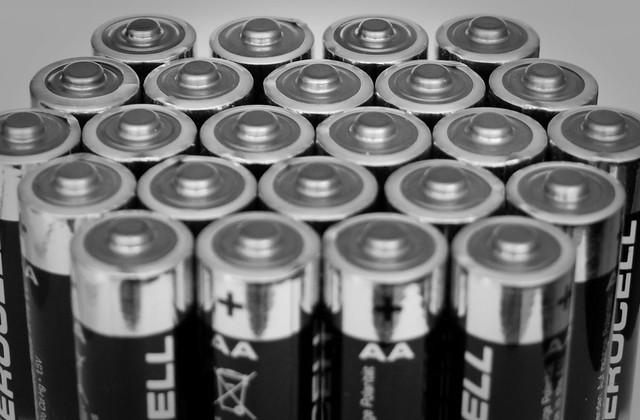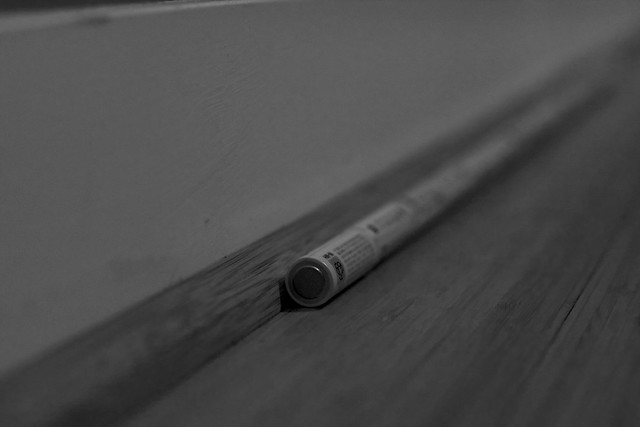Lithium Ion Leisure Battery – How to Depose
Sep 05, 2019 Pageview:1428
The world is moving away from fossil fuel to more electricity centric energy. Lithium ion batteries have been worked on from 1912, however it was not commercially available for the public until the early 1970s. It was later commercialized in the 1991. The high energy density of lithium ion-based batteries made it everyone’s favorite. It is also low in maintenance which made it very suitable for almost all types of usage.
Lithium ion leisure battery is most commonly used in caravans. It is the power source for 12V appliances and the equipment that functions in a caravan. A leisure battery releases a lower level of energy over a prolonged period of time in order to power appliances.
Lithium ion leisure battery technical specification
To choose the best lithium ion leisure battery, there is a couple of specification that you need to pay attention to before buying one:
· Warranty period: There are plenty of brands that have a warranty period for their battery. That means that if there is any damage that happened to the battery within the window frame of that period, then the company will replace it with a new one. There are different stipulation that works for each company.
· Cycles: This refers to the charging cycle. This gives you an approximate longevity period of the battery that you have just purchased. The more the cycles number, it means the more the battery is equipped to withstand a cycle of charging and discharging.
· Weight: If you are going to be using this type of battery in a caravan, then you better account for the weight of it as well. Remember that even when it is much more studier, your caravan is still supported by wheels that most probably has its own weight. Try to avoid overloading your vehicle. That is the reason why you should count the weight of the battery as well.
· DOD: translates to depth of discharge. This refers to how much energy is cycled into and out of the battery on a given cycle, expressed as percentage of the total capacity of the battery.
· Terminal material: indicates the material that is used to make the terminals of your battery. This is important because by knowing what kind of material it uses, you will be able to know the ability of the battery to discharge and charge.
· Charging time: Each battery has its own charging time. This means that when you charge a battery, the company will let you know what is the minimum time that you need to charge your battery with.
Lithium ion leisure battery replacement
There might be a lot of questiont that you have regarding replacing your lithium ion leisure battery. When is the right time? The answer is, it depends on you. When you see the capacity of charging and discharging the battery has gone down, then you will have to replace it.
In the same way if you feel that there are many voltage issues that you have been having with your appliances, then it might be a good time for you to order a new battery replacement.
How to depose lithium ion leisure battery
There is a reason why you should not just chunk out your lithium ion leisure battery to the nearest bin to get rid of it. Batteries, in general, have a very serious ecological and economical impact. Any type of batteries.
The main reason is that batteries are made of both important resources and harmful materials. It should not go to the landfill because it might contaminate the landfill itself. When you dispose your batteries properly, each of the material has to be taken apart so that certain material can be recovered and reused to make another new battery.
If the battery was thrown to the landfill, the heavy material and chemicals that the batteries contained run the risk of leaking into the ground if the battery’s casing corrodes. This could cause the soild and water pollution. It even can run a risk to endanger any wildlife that encounters the material.
There are agencies that handle the recycling of the batteries. Underneath are the steps and alternatives to dispose your batteries:
1.Do not dispose your batteries out of the recyling bin. Mixing batteries with any other recyclables can result in fire.
2.Search for stores that collect lithium batteries. There are a lot of chain and big box stores that accept recyle batteries on behalf of the customer. Most of them are free, however there might be some extra charges that is levied dependable on the type of lithium ion leisure battery that you have.
3.You can also search for places that accept recycling lithium ion batteries through your community or local library. Some of the communities even have battery collection bins or host battery collection event. You can also take them to a hazardous waste center. This depends on the state that you live in. Your city might or might not have this establishment yet.
4.If you are going to be regularly disposing lithium-ion batteries, then you can sign up for a mail-in program. This program allows you to send your used lithium ion battery to the manufacturer. However, dependable on the type of supplier, you can also buy it online from the recycling sites.
The most important thing that you have to remember while you are disposing your lithium ion battery is that you have to find a trustworthy insitution. There is a lot of institution that would take your batteries, however would rather throw it out to the landfill because of the tedious process of taking apart a lithium ion battery. While you are sending your batteries over, do not forget to wrap it, and separate it from each other if you are sending other batteries as well.
- Prev Article: Lithium-ion Battery Gauge-Measuring Instrument Introduction
- Next Article: Lithium-Ion Battery Power Packs – Daily Questions
Leave Message
Hottest Categories
-
Hottest Industry News
-
Latest Industry News











